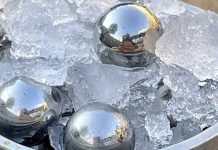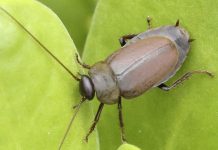The centuries-old legend of the giant shipworm has finally been debunked by scientists.
The international team of researchers investigated the first living giant shipworm – the longest bivalve mollusc in the world, reaching up to 5 feet (1.52 meters) in length – in the Philippines.
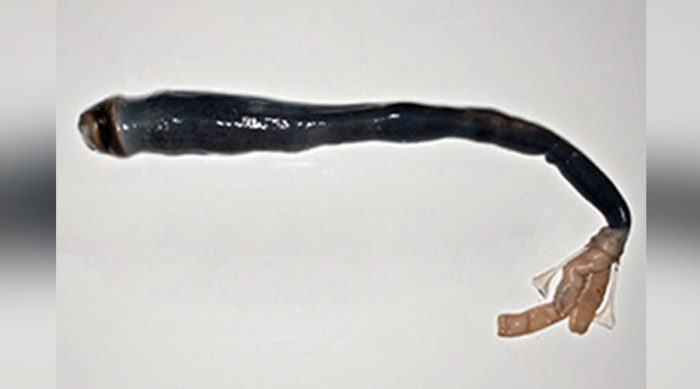
A team of international researchers got up close and personal with the elusive, sulfur-feasting creature for the first time, throwing some light on the mysterious Kuphus polythalamia species.
The bizarre-looking animal, encased in a tusk-like shell, may be the stuff of nightmares for many, but its discovery offers scientists a unique opportunity to unravel the secrets of the rare specimen.
The shells are fairly common, but scientists have never had access to the animal living inside.
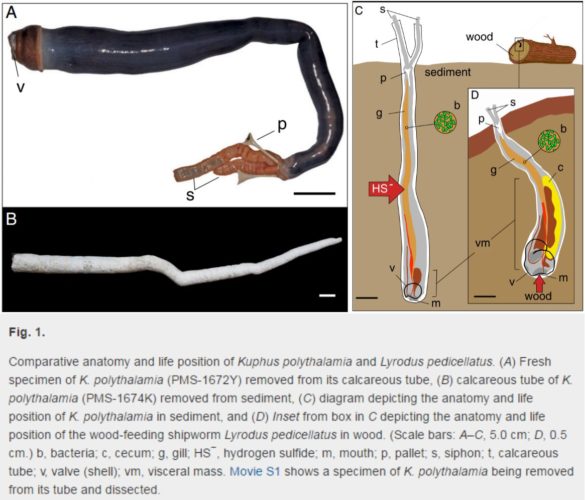
The study has been published in the journal Proceedings of the National Academy of Sciences (PNAS). A expedition was launched after scientists watched a documentary that aired on Philippines television showing the creatures in their natural habitat – the mud of a shallow lagoon, in which they found a live specimen of the Kuphus polythalamia.
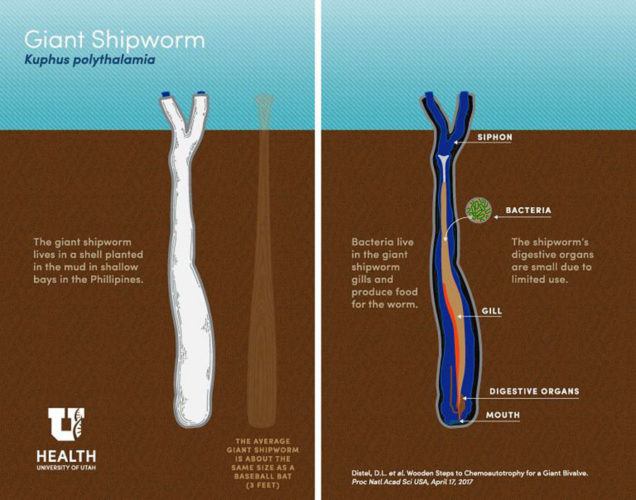
The mud emits ‘rotten egg gas’, hydrogen sulfide, which is used by bacteria in the giant shipworm’s gills as energy to produce organic carbon for feeding the animal.
What a mysterious creature of our surprising Earth.







